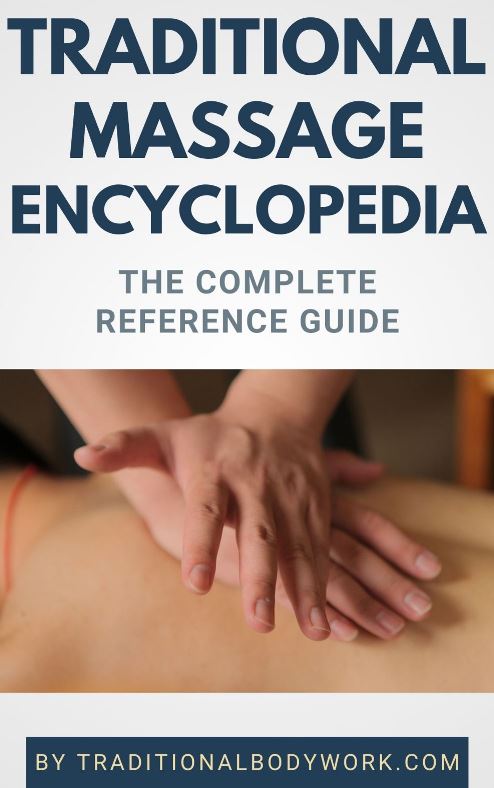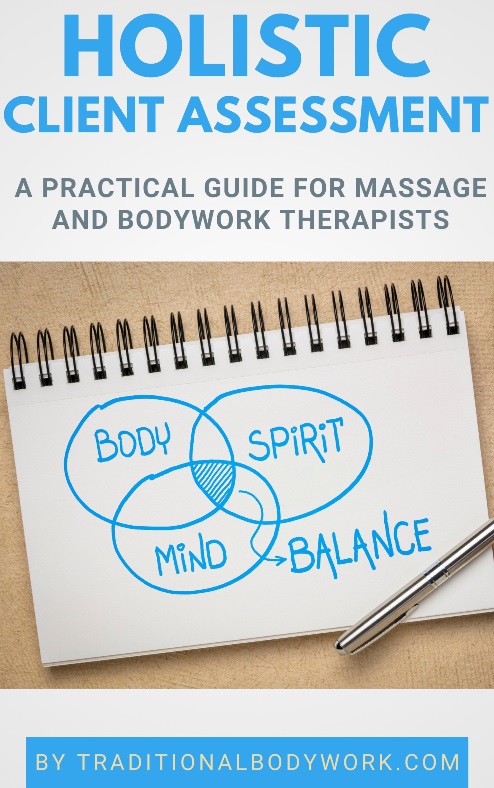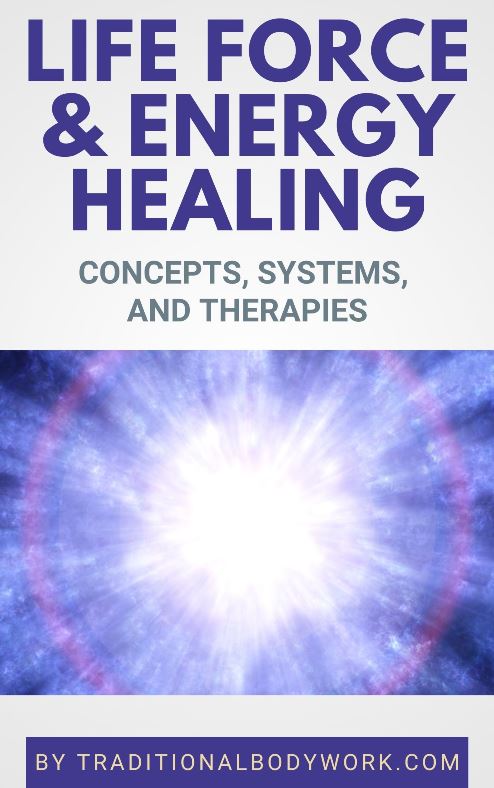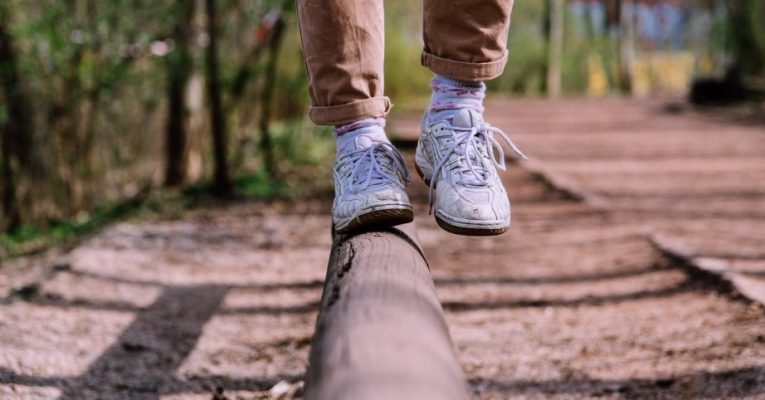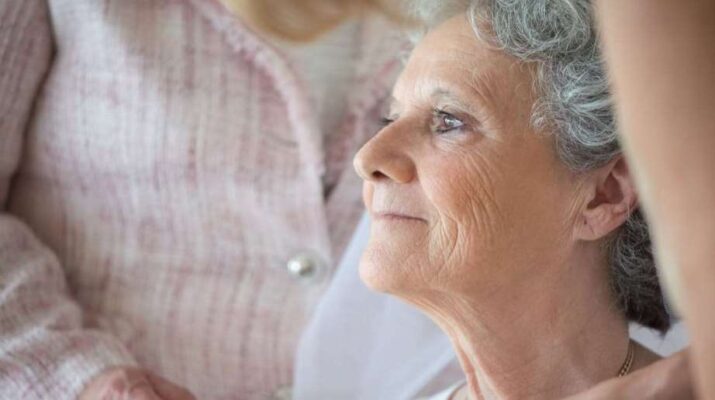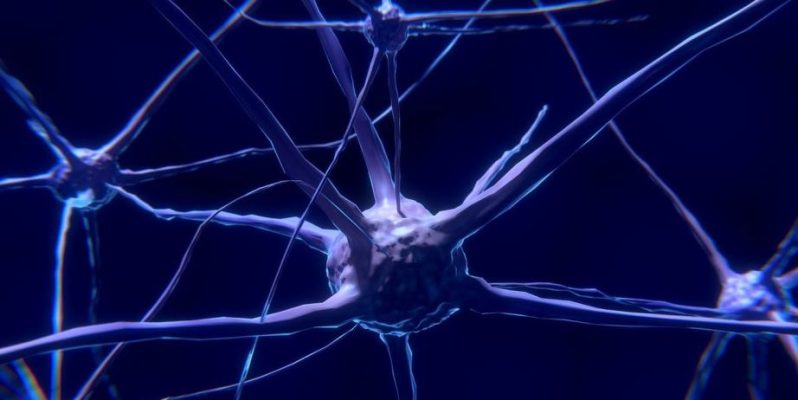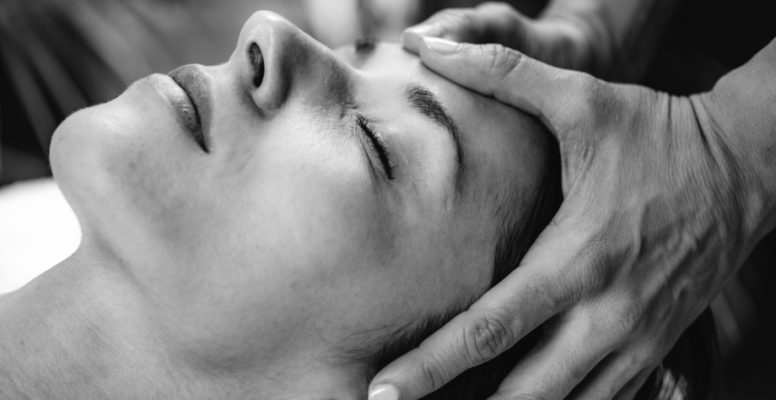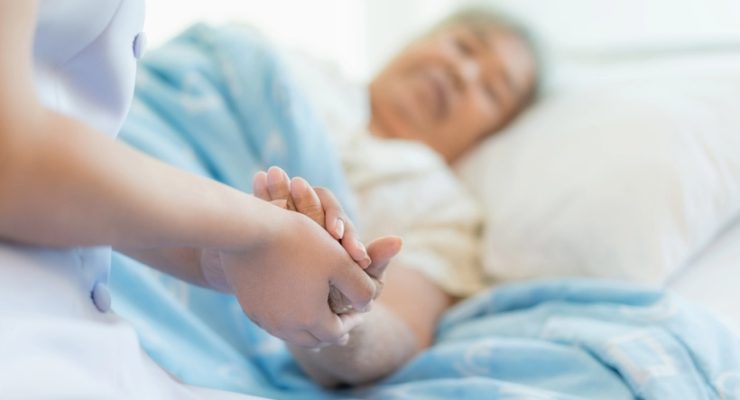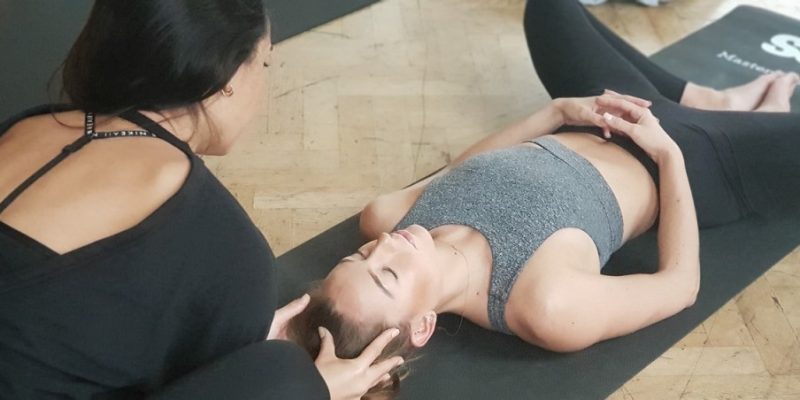
Falls are among the most common accidents worldwide, affecting people of all ages but posing the greatest danger to older adults. What may seem like a simple slip can sometimes lead to serious injuries, particularly when the head is involved. These incidents remind us of the body’s vulnerability and the need for both preventative measures and supportive care.
Head trauma is not only a medical concern but also an emotional challenge that impacts quality of life. Understanding how falls contribute to these injuries opens the door to more effective prevention and recovery. By combining medical attention with holistic approaches, it becomes possible to create a more complete path to healing.
How Falls Lead to Serious Injuries
Falls can occur during daily routines such as walking across a wet floor, climbing stairs, or losing balance while standing. While some result in minor bruises, others can cause significant harm, especially when the head or spine is involved.
For older adults, the risks are higher. Age-related changes in balance, slower reflexes, and weaker bones make even a small fall potentially dangerous. Injuries such as fractures, concussions, and subdural hematomas can alter mobility, independence, and overall well-being.
Recognizing these risks is the first step in prevention. With greater awareness, it becomes possible to create safer environments and stronger support systems.
Understanding Subdural Hematomas
A subdural hematoma is a type of head injury that occurs when blood collects between the brain and its outer covering. It is most often caused by a fall or a direct blow to the head. Symptoms can appear immediately or develop gradually, requiring careful monitoring and prompt medical attention.
Older adults are particularly vulnerable. With age, blood vessels become more fragile, and the brain naturally shrinks, increasing the space where bleeding can occur. This makes even a seemingly minor fall potentially life-threatening.
In nursing homes, where residents depend on staff for safety and supervision, a subdural hematoma nursing home injury can be devastating. Families facing these situations often seek resources to understand how such injuries happen and what steps can be taken to improve care.
The Emotional and Physical Toll of Head Trauma
The effects of head trauma extend beyond physical pain. Many people develop a fear of falling again, which limits independence and discourages daily activity. Recovery may involve rebuilding mobility, regaining memory, and coping with frustration when progress feels slow.
Emotional challenges such as anxiety or depression can emerge if individuals feel they have lost control. A holistic approach to healing recognizes both the physical and emotional impact. Family, caregivers, and communities all play an important role in creating an environment of reassurance and trust.
Holistic Approaches to Recovery
Healing from head trauma goes beyond medical treatment. Holistic practices can reduce stress, restore balance, and support the body’s natural ability to recover.
Massage and bodywork may help ease muscle tension and improve circulation, while gentle yoga or stretching can support balance and coordination. Mindfulness and meditation contribute by reducing anxiety and encouraging resilience.
The scale of the issue shows why a combined approach is important. According to global facts on falls, millions of people experience serious injuries each year, with older adults facing the highest risk. Blending medical care with holistic support provides a stronger foundation for recovery.
Prevention Through Awareness and Care
Reducing the risk of falls begins with awareness and simple adjustments in daily life. Removing clutter, improving lighting, and using supportive footwear all contribute to safer spaces. For older adults, health checkups, balance training, and gentle strength exercises are valuable in preventing accidents that could lead to head injuries.
In institutional settings, attentive caregiving and safe environments are essential for protecting vulnerable residents. Families and staff working together can reduce risks and provide reassurance.
Holistic wellness practices add another layer of support. Insights on holism, human wholeness, health, and healing emphasize the importance of integrating physical, emotional, and mental care to strengthen resilience. This balance not only helps prevent injuries but also supports recovery and long-term well-being.
Conclusion
Falls and head trauma highlight the body’s vulnerability, especially in older age. A single accident can change the course of daily life, underscoring the need for prevention, attentive care, and supportive environments.
Healing is most effective when it addresses the whole person. Medical treatment ensures immediate safety, while holistic practices nurture emotional balance and physical resilience. Together, these approaches create a more complete path to recovery.
By combining awareness, prevention, and holistic healing, individuals and caregivers can build safer environments and healthier futures.

